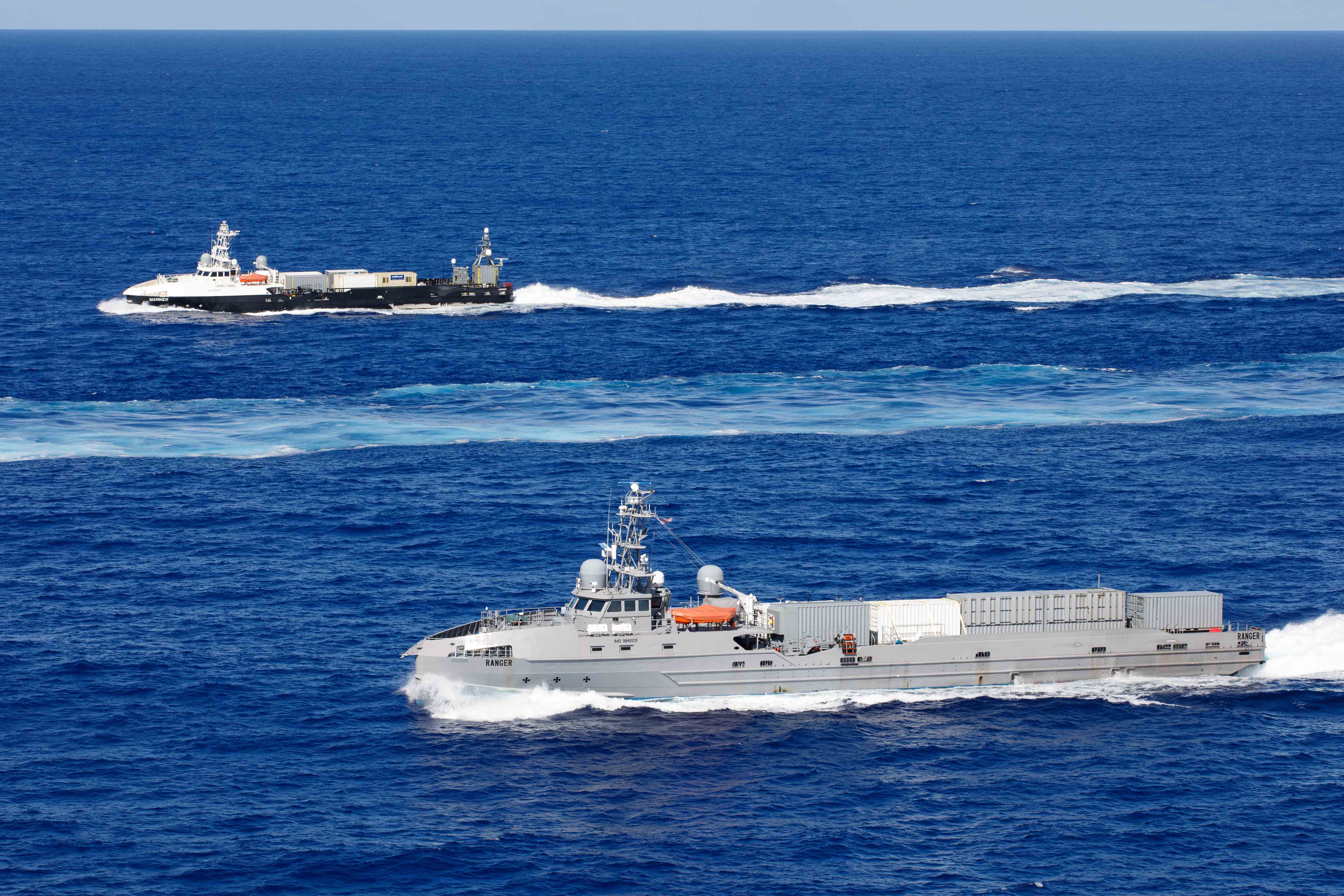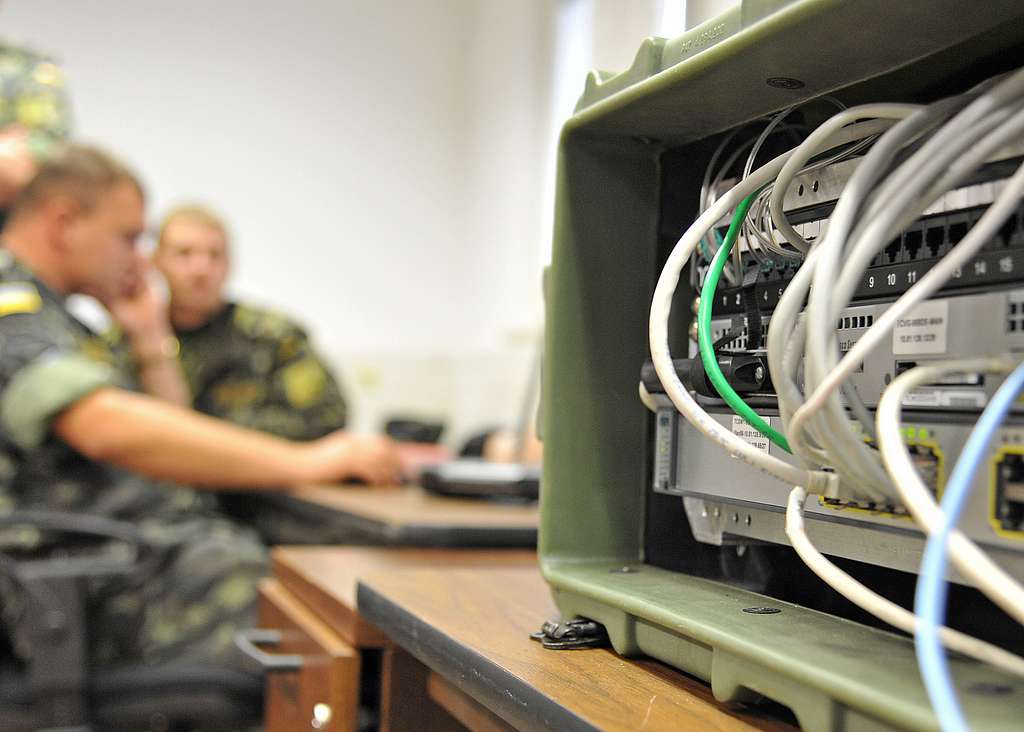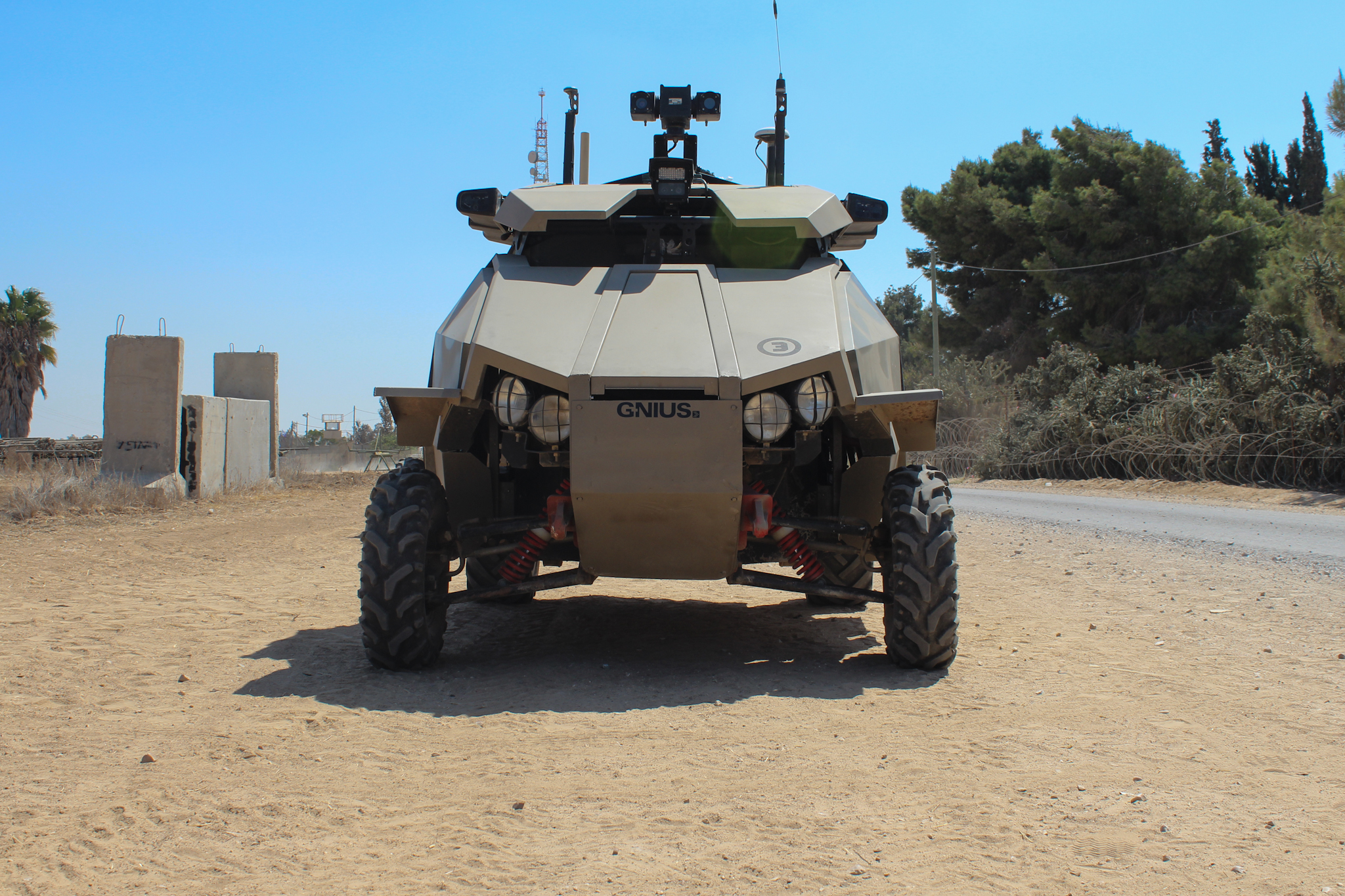Is DPH the Relevant Standard in Pakistan? An Important Element in the Debate Missing from BIJ's Report
[Note: a reader responded that I missed the point that an important point about the underlying BIJ report, one that puts the "A Question of Legality" component of the report in a different light.
Published by The Lawfare Institute
in Cooperation With

[Note: a reader responded that I missed the point that an important point about the underlying BIJ report, one that puts the "A Question of Legality" component of the report in a different light. Specifically, the reader emphasizes that the underlying report acknowledges that there routinely are fighters intermixed with civilian rescuers in the rescue scenarios at issue, and that the main thrust of the report's critique is the impact of the follow-on strikes on those civilian rescuers (and the same for funerals, presumably). That's fair enough. I had read the "A Question of Legality" piece as eliding this distinction, which was the main reason I wished to post about it. All that said, I end up in the same place as in my original post: the issue here sounds in terms of the principle of proportionality more so than distinction. My original post follows...]
Ben linked yesterday to a report on drone strikes in Pakistan, published by the Bureau of Investigative Journalism. The highlight of the report is the claim that, in the aftermath of drone strikes, further strikes have been conducted against those who show up to carry out medical/rescue services and those who attend the subsequent funerals. I’m not privy to the underlying facts, and express no views on the accuracy of all this. But I do want to comment on the portion of the report that considers these allegations from a legal perspective.
In a piece accompanying the report titled “A Question of Legality,” BIJ frames the question first in terms of whether such attacks would be lawful under the law of armed conflict (LOAC) (there is a separate discussion of whether they would be lawful under IHRL). The report offers the following perspective:
Professor Dapo Akande, who heads Oxford University’s Institute for Ethics, Law and Armed Conflict, believes that under LOAC the killing of civilian rescuers is problematic: ‘The question is, can rescuing be regarded as taking part in hostilities, to which for me the answer is clearly “No”. That rescuing is not taking part in hostilities.’I certainly agree that medical/first-response activities undertaken to rescue persons who have been injured by a drone strike would not normally constitute direct participation in hostilities. And one could add that attending a funeral is not direct participation in hostilities either. But all of this only matters (assuming LOAC does apply) if we assume that a person must be directly participating in hostilities in order to be targeted lawfully in that context. And that is in fact the subject of great debate. [Update: Dapo has a post at EJILtalk clarifying that he and I are in agreement on all that's said here; the BIJ report simply didn't include his full statement, thus leading to the confusion.] One position is that in the NIAC setting there is no such thing as “combatant” status, that everyone accordingly has “civilian” status, and that the authority to target a civilian intentionally is limited to situations in which the civilian directly participates in hostilities. On that view, drone strikes would routinely be problematic, quite apart from whether a strike occurred during a funeral or during a post-strike rescue operation. This is not the only view of the matter, however. A different position is advanced by the ICRC in its Interpretive Guidance on the Notion of Direct Participation in Hostilities Under International Humanitarian Law. This document argues (pp.31-36) that members of organized armed groups (OAG) who perform a continuous combat function (CCF) in a NIAC are not civilians and may be targeted in a manner comparable to that of a combatant, not just when engaging in specific acts of direct participation. On that view, it would certainly be possible to lawfully target a member of an OAG who has a CCF, even if at that very moment the person happens to be attending a funeral or attempting to rescue someone from a collapsed building (though obviously the presence of medical personnel, family, or other non-fighters in such locations would raise difficult questions in the proportionality analysis). The US government’s position may be broader than the ICRC DPH Study position. That is, it may be that the US government embraces the notion of an OAG but construes the category of targetable fighters in a fashion that is broader than the ICRC’s CCF test. I don’t know. The important point, at any rate, is that there is a significant legal dispute underway with respect to the manner in which the principle of distinction plays out in the NIAC setting. The BIJ story, unfortunately, appears to simply take for granted that the relevant rule is the strictest position. Better to have informed readers of this threshold debate.
Robert (Bobby) Chesney is the Dean of the University of Texas School of Law, where he also holds the James A. Baker III Chair in the Rule of Law and World Affairs at UT. He is known internationally for his scholarship relating both to cybersecurity and national security. He is a co-founder of Lawfare, the nation’s leading online source for analysis of national security legal issues, and he co-hosts the popular show The National Security Law Podcast.





